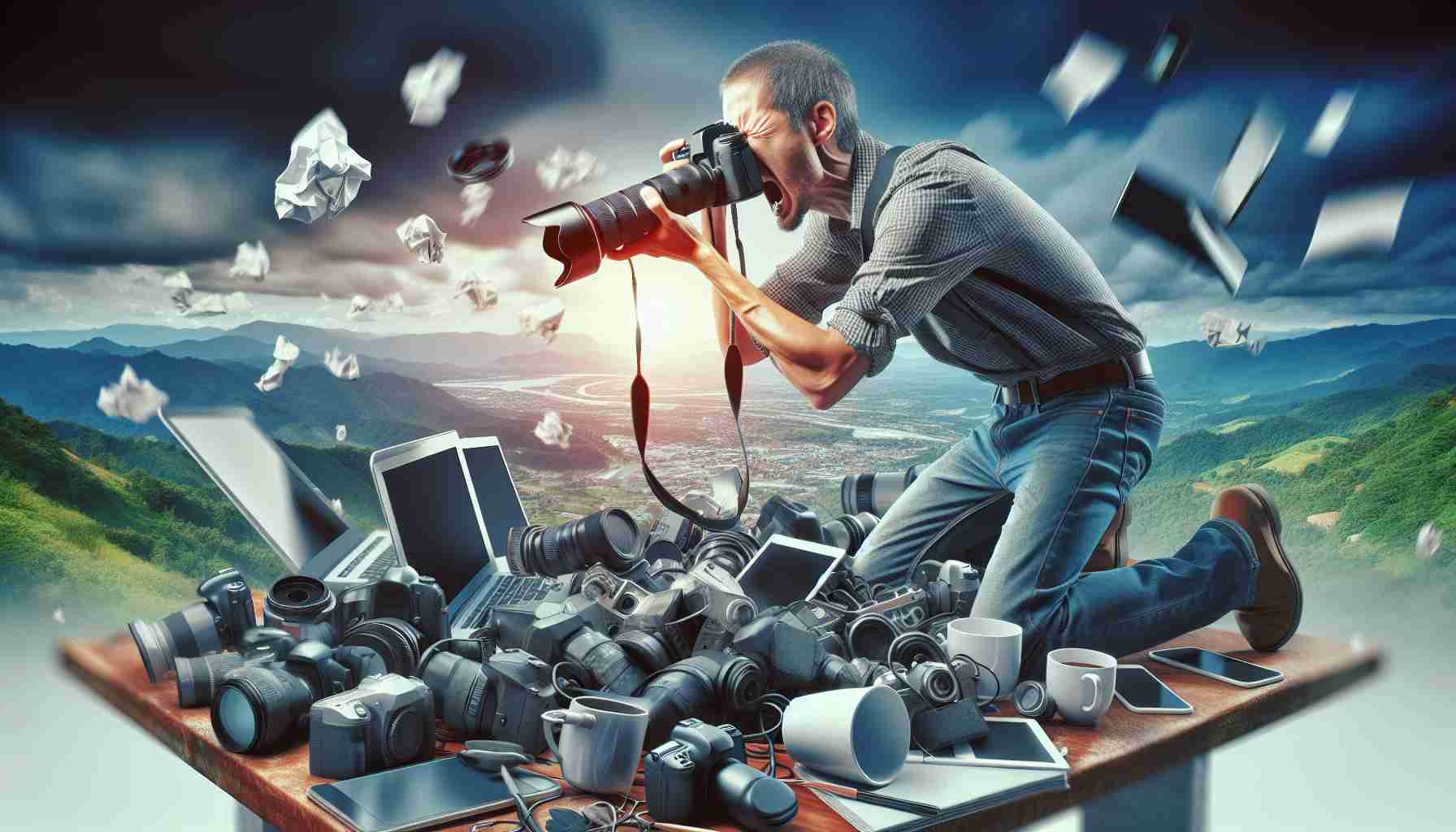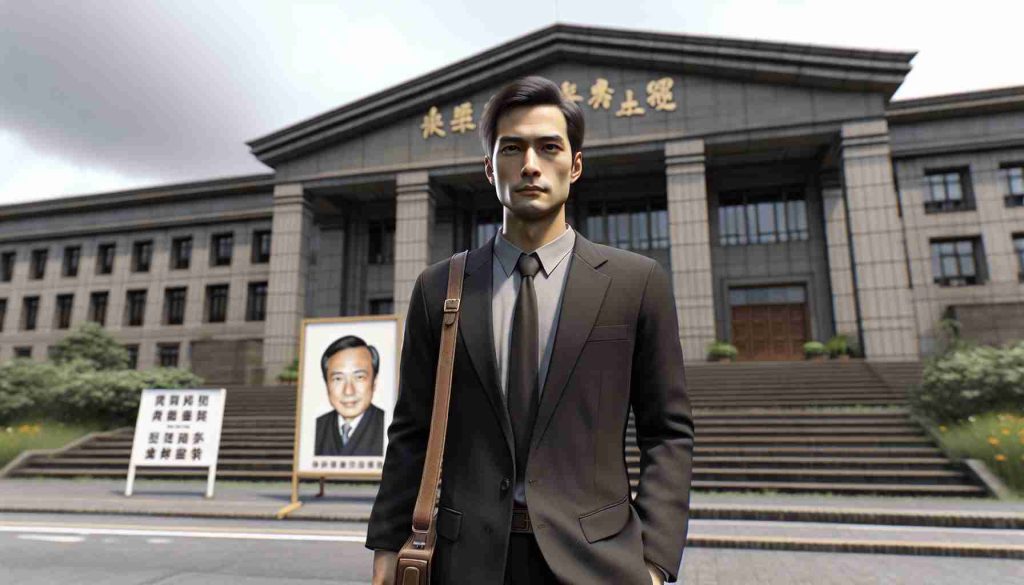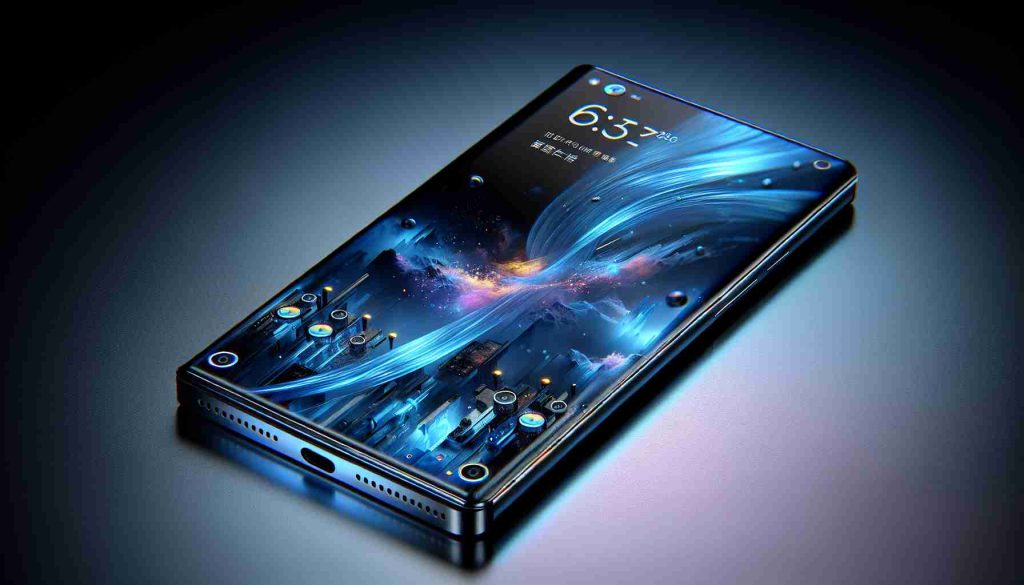On September 19, an internationally acclaimed photographer delivered a lecture at a prestigious art academy. During his talk, he noticed a significant number of attendees preoccupied with their smartphones. This behavior led him to abruptly end the presentation and leave the venue. He emphasized the importance of focus in daily life, suggesting that the pervasive use of smartphones detracts from genuine engagement with the world around us.
This incident sparked widespread discussion about audience etiquette, particularly the expectation to refrain from phone usage during events. Despite the obvious importance of the topic discussed, many individuals struggled to disconnect from their devices, underscoring a troubling trend in modern society. Researchers have found that adults frequently spend hours on their phones, often exceeding twelve hours a day.
For instance, a finance worker in Shenzhen reported that her professional obligations necessitate constant smartphone access, leaving her with little opportunity to be unplugged. Similarly, a delivery worker in Hangzhou admitted that his reliance on a mobile device for work makes it impossible to be without it for more than a few minutes.
This addiction to smartphones raises critical questions about our ability to fully engage with our surroundings. Activities that once offered moments of genuine connection—reading a book or conversing with a loved one—now feel increasingly rare. A movement has emerged encouraging individuals to take intentional breaks from their phones, reminding them that a brief escape from technology can lead to more enriching experiences.
Digital Distraction: A Master Photographer’s Frustration with Technology Overload
In an age dominated by technology, the impact of digital distraction has permeated various aspects of life, including artistic expression and professional development. Following the recent incident involving an internationally acclaimed photographer who abruptly ended his lecture due to audience members’ incessant smartphone usage, we delve deeper into the implications of digital distraction and its broader societal consequences. This article explores key challenges, advantages, and disadvantages surrounding the phenomenon of digital distraction.
What constitutes digital distraction?
Digital distraction refers to the interruptions and loss of focus caused by digital devices, primarily smartphones, tablets, and computers. These distractions manifest in various forms, from social media notifications to constant email alerts, detracting attention from immediate tasks or conversations.
Why is digital distraction a concern for professionals, especially in creative fields?
For professionals in creative fields like photography, digital distraction can hinder the flow of inspiration and creativity. When engagement with one’s surroundings is interrupted by technology, the ability to perceive and capture artistic moments diminishes. This phenomenon leads to a cyclical problem: the art of observation, crucial for a photographer, gets compromised by the need for constant connectivity.
Key Challenges and Controversies:
1. Cultural Norms: There’s an ongoing debate regarding smartphone usage during public events. Some argue that these devices are essential for note-taking or engaging with social media, while others firmly believe they detract from the communal experience.
2. Work-Life Balance: In many professions, the expectation to remain constantly connected creates a stressful environment. This can lead to burnout and decreased productivity, illustrating a conflict between personal wellness and professional obligations.
3. Impact on Relationships: The pervasive use of smartphones disrupts interpersonal relationships. Research suggests that families and friends often struggle to engage meaningfully with one another when devices are present, potentially leading to a decline in social skills.
Advantages of Digital Connectivity:
1. Access to Information: The internet provides immediate access to vast resources, enhancing learning and professional development. This can be particularly beneficial for artists and photographers seeking inspiration and knowledge.
2. Networking Opportunities: Social media platforms allow professionals to connect and collaborate, opening doors to new projects and career advancements.
Disadvantages of Digital Connectivity:
1. Increased Distraction: The very devices meant to aid productivity often become the primary sources of distraction, undermining focus and efficiency.
2. Mental Health Issues: There’s a growing body of evidence linking excessive smartphone use with anxiety, depression, and feelings of isolation, severely impacting personal well-being.
Strategies for Managing Digital Distraction:
Several strategies can help mitigate the impact of digital distractions on creativity and productivity:
– Intentional Breaks: Scheduling regular periods to disconnect from devices can foster greater focus and enrichment in engagements.
– Mindfulness Practices: Techniques like meditation and deep-breathing exercises can aid in regaining focus and enhancing one’s ability to be present.
– Creating Technology-Free Zones: Establishing environments where technology use is discouraged can promote authentic interactions.
The incident involving the renowned photographer is a reflective reminder of the need for a balanced relationship with technology. As society grapples with the challenges of digital distraction, it becomes crucial for individuals, especially creatives, to cultivate awareness and control over their digital habits.
For more resources and insights on managing digital distractions, please visit Psychology Today.























